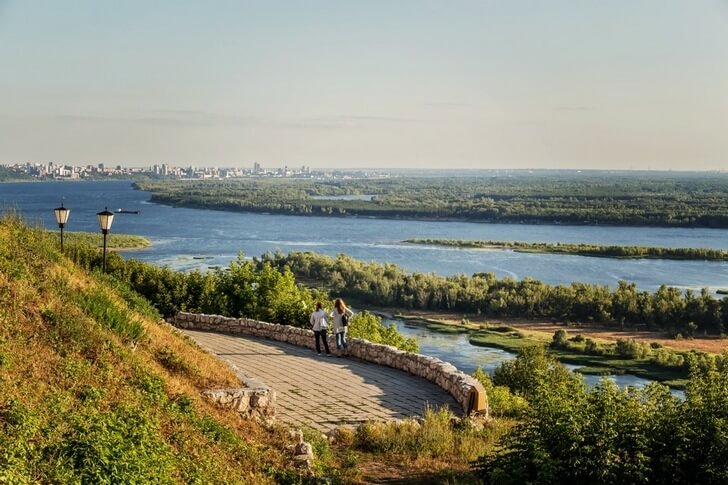Samara is a picturesque city on the Volga, where it is pleasant to stroll along the longest embankment in Russia, relax in green parks or go to one of the local museums. Samara's architecture is distinguished by its diversity - it presents both traditional classics, embodied in city mansions and temples, as well as more modern modernism, and socialist constructivism.
The tourist pearls of the city are the Kosmicheskaya Samara Museum, the Iversky Monastery, the Zhiguli Brewery and the secret Stalinist bunker. For a change, you can go to the Samarskaya Luka National Park or admire the Volga from the Helicopter observation deck. In short, every guest will find something to their liking.
What to see and where to go in Samara?
The most interesting and beautiful places for walking. Photos and a short description.
- Samara embankment
- Zhiguli Brewery
- Stalin's bunker
- Museum Space Samara
- Samara Art Museum
- Children's art gallery
- Kurlina's mansion
- House with elephants
- Samara State Philharmonic
- Opera and Ballet Theatre
- Samara Drama Theater named after M. Gorky
- Iversky monastery
- Intercession Cathedral
- Temple of the Sacred Heart of Jesus
- Sculpture Barge haulers on the Volga
- Monument to Chapaev
- Monument to Prince Grigory Zasekin
- Monument Samara boat
- Monument of Glory
- Leningradskaya street
- Train Station
- Strukovsky garden
- Park named after Yuri Gagarin
- National Park Samarskaya Luka
- Observation deck Helicopter
Samara embankment
The city embankment is considered the longest on the Volga, its length is about 5 km. The improvement of the coastal territory began in the 19th century, before that there was only a pile of unsightly buildings. The modern promenade consists of four sections (according to the number of construction phases), terraced down to the river. It often hosts festive city events.

Zhiguli Brewery
One of the oldest breweries in Russia, founded in 1881 by A. von Vakano, a native of Austria. Here you can try not only the original varieties of foamy drink, but also go on an excursion and watch the production process. The plant stopped working only in the period 1915-1923, when the local authorities launched a campaign to combat drunkenness, the rest of the time it functioned smoothly.
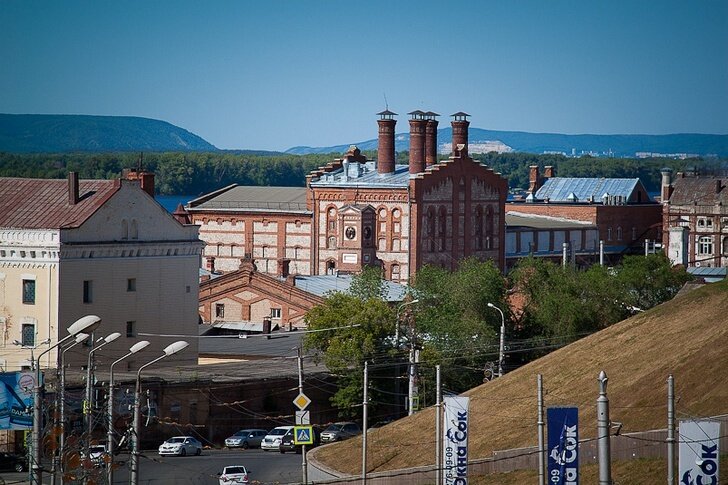
Stalin's bunker
The secret headquarters of the Supreme Commander-in-Chief, created in the event of a nuclear war. Such shelters in Soviet times were organized in different cities. Only in 1990, the Samara object was declassified. The bunker lies at a depth of several tens of meters under the building of the Academy of Culture and Art. It is reliably protected from any harmful consequences of the most terrible bombardments. Today you can take a guided tour of the shelter.

Museum "Space Samara"
The museum opened in 2001 on April 12, Cosmonautics Day. It is a whole architectural ensemble, consisting of a monument-rocket and a thematic exposition, which includes aircraft, equipment, spacesuits, samples of "space" food. Part of the exhibition is designed in the style of a science fiction film, which allows visitors to fully immerse themselves in the world of the future.
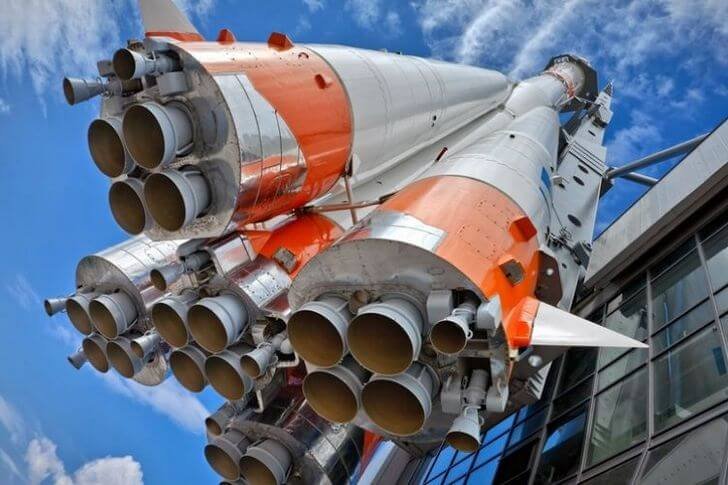
Samara Art Museum
The collection was created in 1897 with the direct participation of Samara painters. It contains works by local artists of the 19th-20th centuries, as well as samples of Russian art of past centuries, including works by avant-garde artists of the early 20th century and representatives of Soviet art of the 1920s-70s. The exposition occupies two buildings - a mansion that once belonged to the Volga-Kama Bank, and the estate of the merchants Shikhobalovs.
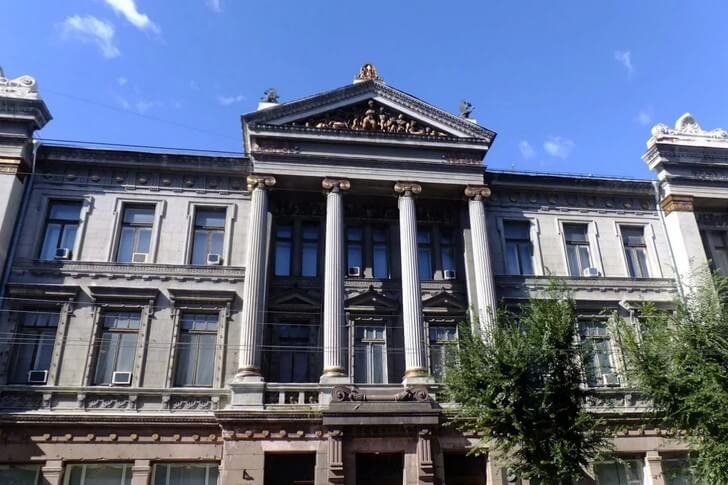
Children's art gallery
The museum is located on the territory of a merchant's mansion that belonged to I. A. Te-Klodt. This house is an architectural monument of the XIX century. The exhibition opened in 1990 and was specially created for young viewers. Works of children, students and graduates of art schools are exhibited here, as well as paintings by professional painters. During the relatively short history of its existence, the museum hosted a large number of international exhibitions.
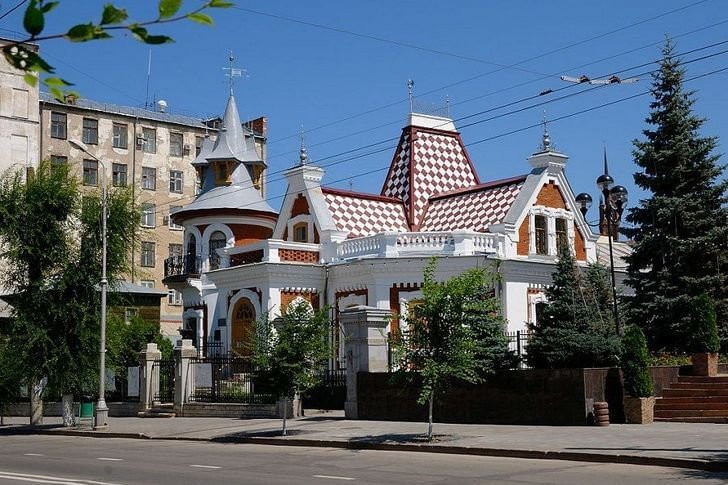
Kurlina's mansion
The house of the beginning of the 20th century in the Art Nouveau style, built by order of the merchant A. G. Kurlin for his wife. It became one of the first buildings in Samara erected in this architectural style. Since the 1970s, a local history museum has been located on its territory. After the reconstruction of 2008–2012, the mansion houses the Art Nouveau Museum, which soon became one of the most popular galleries in the city.

house with elephants
Another building in the Art Nouveau style, decorating the urban landscape. It was erected in 1909 according to a joint project of the architect V. V. Tepfer and K. P. Golovkin, an artist, patron of the arts and merchant, who ordered the building. The mansion is made in reference to the style of the Vienna Secession, which is rather atypical for provincial urban planning in Russia at the beginning of the 20th century.
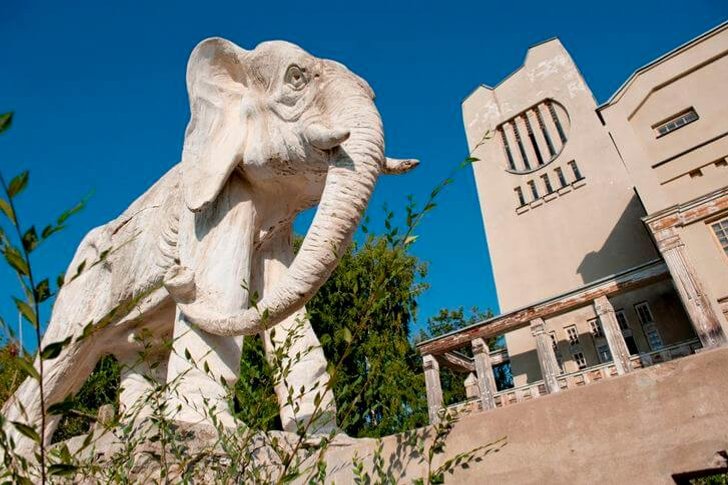
Samara State Philharmonic
The main concert hall of the city, where performances of the local symphony orchestra and visiting musical groups take place. There are also lectures from time to time. Until 1940, the Philharmonic was located in the building of the circus-theater "Olympus", on the stage of which F. Chaliapin, A. Blok, V. Mayakovsky, I. Kozlovsky and L. Sobinov performed. The modern hall was erected in 1988.
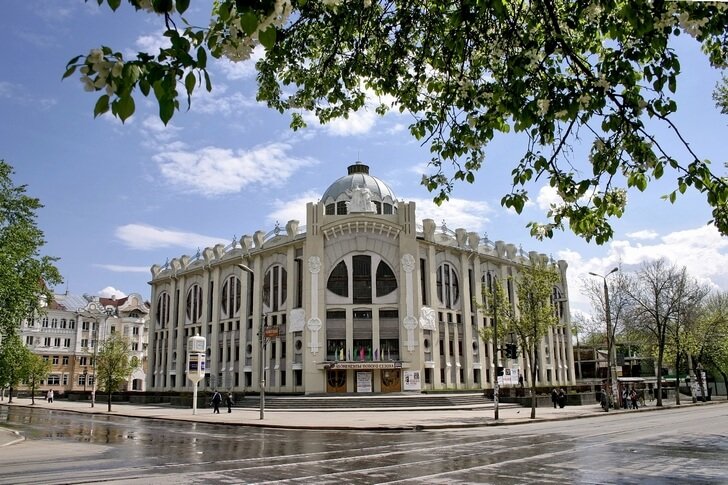
Opera and Ballet Theatre
The scene was founded in 1931. The famous opera by M. Mussorgsky "Boris Godunov" was chosen as the premiere production. Two years later, the theater acquired a ballet troupe. The building of the musical theater on the square. Kuibyshev is a prime example of the monumental architecture of the 1930s. Before the revolution, this place was called Cathedral Square. The Cathedral of Christ the Savior was located here, on the site of which the opera now stands.

Samara Drama Theater named after M. Gorky
A drama theater has existed in Samara since the middle of the 19th century. At first it was located in a wooden building, and in 1888 it moved to a picturesque stone mansion, built according to the project of M. N. Chichagov in an elegant pseudo-Russian style. Both classical and contemporary works are put on stage, as the management tries to please audiences of different ages and views.

Iversky monastery
An Orthodox convent founded in 1850 and successfully developing until the events of the Revolution of 1917 (by the beginning of the 20th century, about 400 nuns lived in it). A hospital, a school and craft workshops operated at the monastery. After closing in 1925, the religious complex gradually fell into disrepair. The revival took place in 1992 - the surviving churches and buildings were restored, services were resumed.
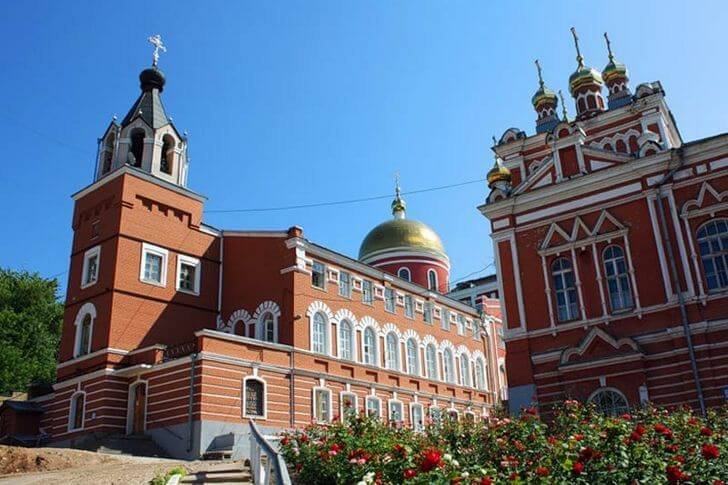
Intercession Cathedral
The temple adorns the central part of the city, which at the beginning of the 19th century was considered a suburb. The cathedral was built in 1861 at the expense of the merchants Shikhobalovs. The building is designed in the style of Moscow stone architecture, inside the walls are painted with frescoes in the Italian style. The interior of the church is decorated with artificial marble, which at that time was valued even more than natural.
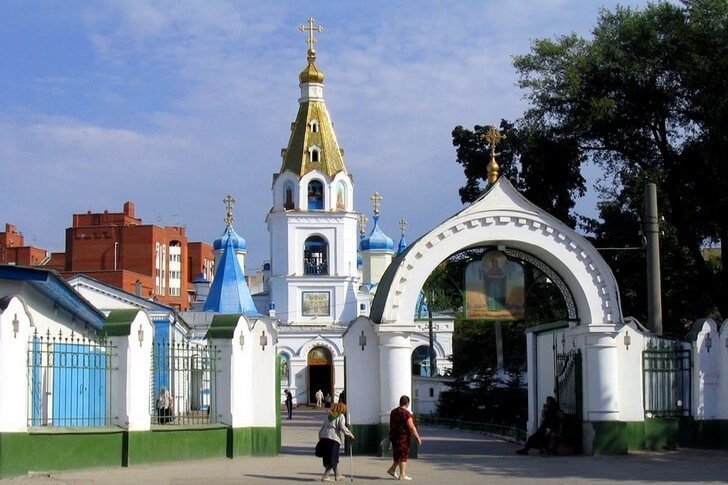
Temple of the Sacred Heart of Jesus
The Catholic Church, built in 1906 in the Neo-Gothic style, designed by F. O. Bogdanovich-Dvorzhetsky. The temple operated until the early 1920s, after which it was closed. Since 1941, the Samara Museum of Local Lore has been located on its territory. In 1991, the building was returned to the Catholic community, after which restoration began. The relics from St. Martin de Porres are kept inside.
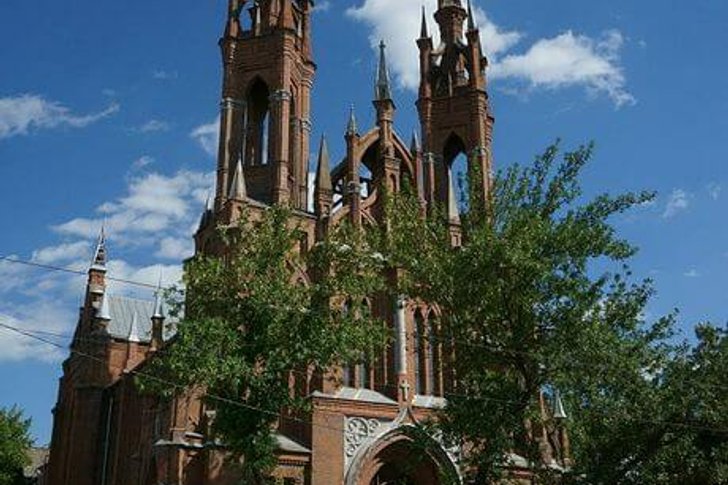
Sculpture "Barge haulers on the Volga"
The sculptural group was created based on the painting of the same name by I. Repin. The composition was installed on the embankment in 2014 on the day of the 170th anniversary of the painter's birth. The sculpture is an almost complete copy of the canvas (it is even “dressed” in a picture frame), only now the viewer will be able to see the voluminous figures of barge haulers from all sides. The author of the work was the Samara sculptor N. Kuklev.
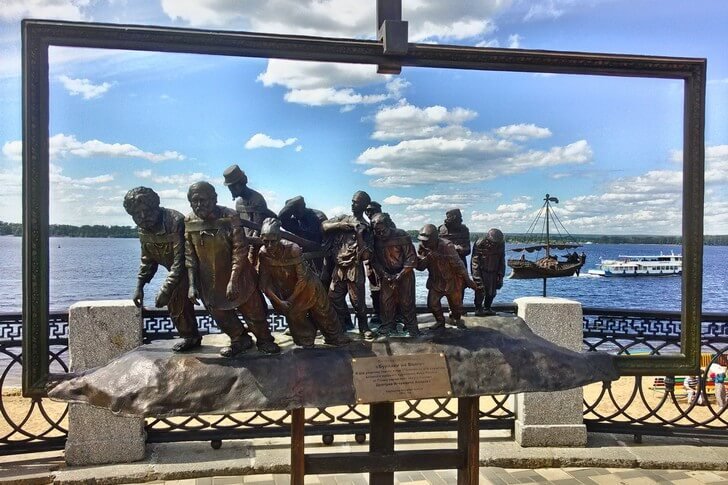
Monument to Chapaev
The monument was erected in 1932 on the square to them. Chapaev. The composition depicts a group of Red Army soldiers led by a textbook hero of the Civil War. The opening of the monument was timed to coincide with the 15th anniversary of the October Revolution. The image of Chapaev was written off from his son, who posed for the sculptor during the creation of the statue. Interestingly, in St. Petersburg there is an exact copy of this monument.

Monument to Prince Grigory Zasekin
Prince Grigory Zasekin is considered the founder of Samara. A monument in his honor was erected on the embankment in 2014 on the 428th anniversary of the founding of the city. The sculpture was made according to the design of the Moscow master K. Sarkisov at the Smolensk foundry. The figure of the prince is seated on a horse, in his hands he holds a banner with the face of Christ. The composition is mounted on a square pedestal weighing 40 tons.
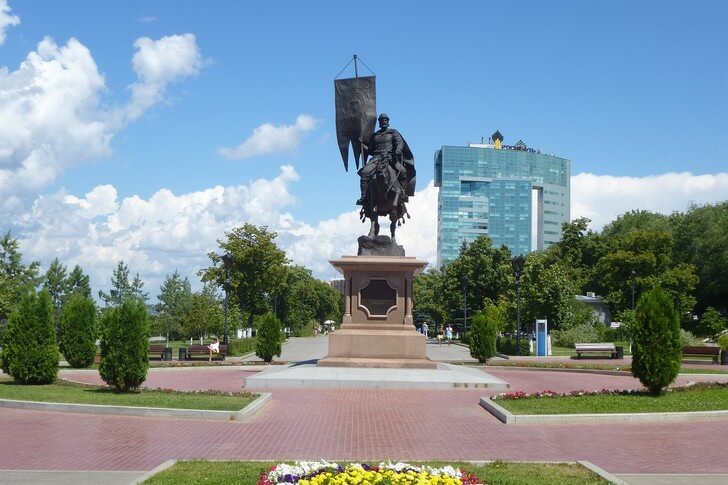
Monument "Samara boat"
The opening of the monument was timed to coincide with the 400th anniversary of Samara. The monument is a Russian boat with a sail. The ship is a symbol of the city, whose history is inextricably linked with the great Volga River. "Samarskaya boat" decorates the embankment and is a place for wedding photo shoots, meetings, folk festivals and other events. Near the monument there are benches where you can relax after a walk along the coast.
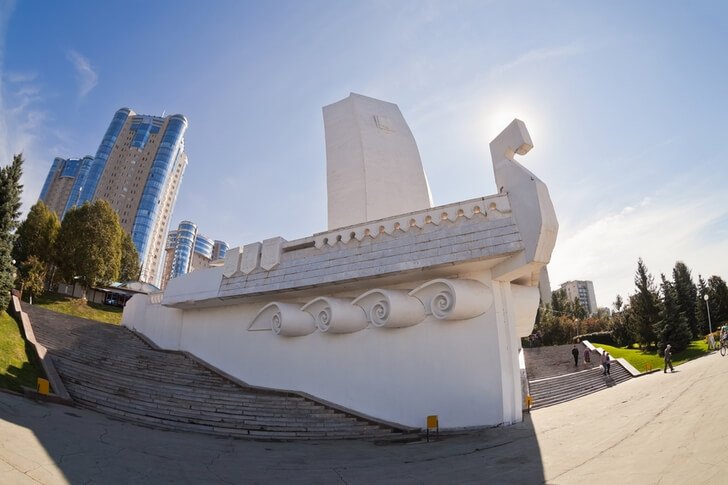
Monument of Glory
The commemorative monument is dedicated to the workers of the aviation industry of Kuibyshev, who made a huge contribution to the Victory of 1945. It is made in the form of a 40-meter stele, crowned with a 13-meter figure of a man with a conditional model of an airplane in his hands. To create the composition, each worker of the Kuibyshev plant donated 1 ruble from his salary. O. S. Kiryukhin and P. I. Bondarenko worked on the project.
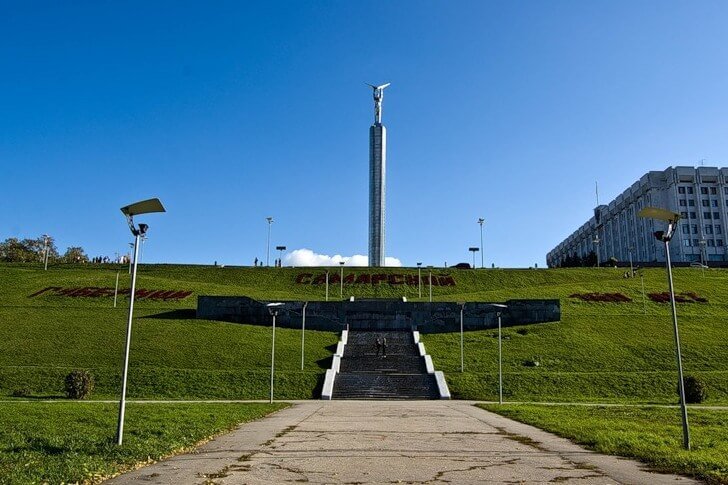
Leningradskaya street
Tourist alley in the historical center of Samara. Its length is 1.7 km. One of its sections between Galaktionovskaya and Kuibyshev streets is pedestrian. The street appeared in Samara in the 19th century, since then it has changed its name several times. Here are the mansions of the XIX-XX centuries and modern buildings. Some of these structures still retain their historical names.
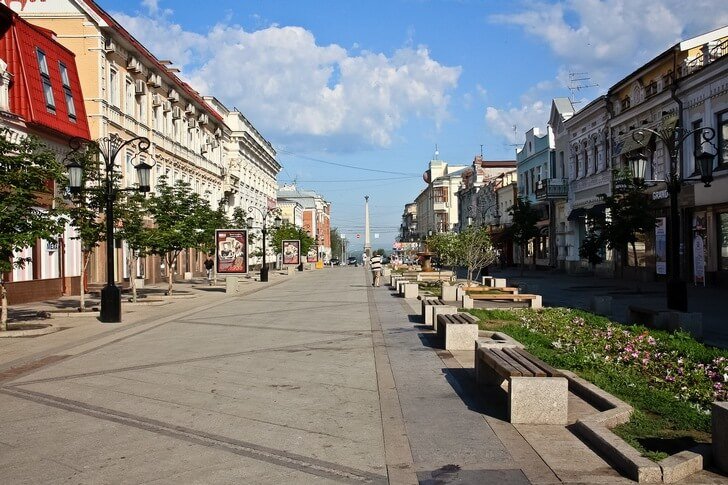
Train Station
The modern station building was erected in 2001. It is a multifunctional complex with waiting rooms, the Kuibyshev Mainline Museum and an observation deck. That is, passengers can dilute the boring expectation by visiting the exposition and admiring the city landscapes. The station is considered the highest among all European railway stations.
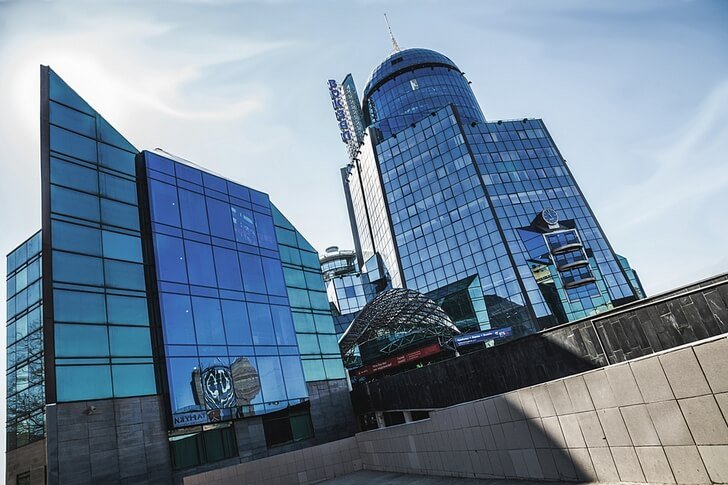
Strukovsky garden
Square on the banks of the Volga, founded in 1851. Previously, there was a forest area that belonged to the state official G. N. Strukov. In Soviet times, the garden was renamed the A. M. Gorky Park of Culture and Recreation. Amusements, a cafe, a concert venue and a swimming pool worked here. Today, the place has been given back its historical name. The Strukovsky garden is perfect for walking.

Park named after Yuri Gagarin
The park appeared in 1976 in the Industrial District, surrounded by residential buildings on all sides. In the 1930s and 1940s, there were dachas of NKVD officers, and nearby were the burial places of those who were shot during the repressions. Until 1997, the city zoo was located on the territory. Amusements operate in the park; in winter, visitors are invited to the skating rink, and in summer - to horseback and water rides.
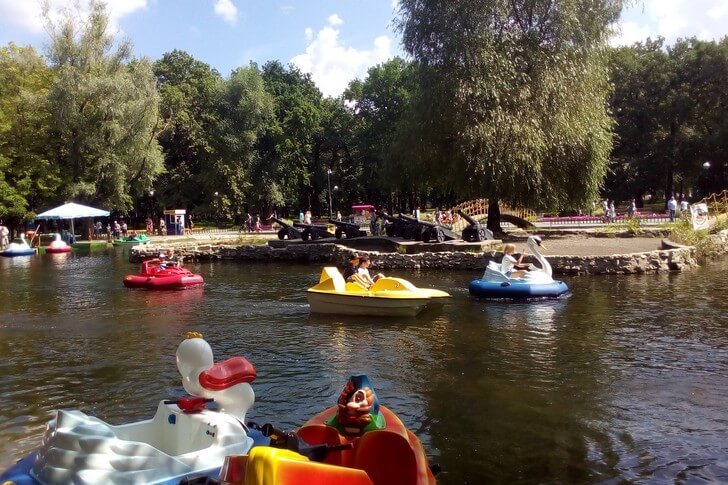
National Park "Samarskaya Luka"
State reserve in the Volga bend. On its territory are the Volga Upland and the Zhiguli Mountains. The national park was founded in 1984 to preserve the flora and fauna of the region. The plant world is represented by more than 1000 species, the animal world by several hundred mammals, fish and birds. Among them there are wild boars, ermines, weasels, badgers, green woodpeckers, house sparrows.
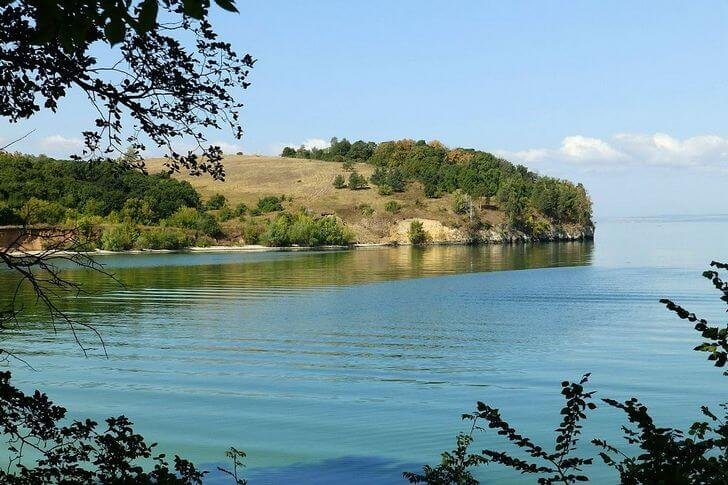
Observation deck "Helicopter"
The Helicopter offers the best views of the bewitching landscapes of the Volga. Perhaps this is the best observation deck in the Samara region, equipped with everything necessary for the convenience of visitors: there is a restaurant, cafe, parking, terraces, benches. The place got such a name due to the fact that in the past a service helicopter of the chief designer of the SNTK im. Kuznetsova.
